
General Idea
Lying in the Songliao Plain of central Jilin Province, the city of Changchun has an area of 20,000 square kilometers and a population of 6.77 million. It is the capital and the political, economic, and cultural center of Jilin Province. Changchun has a well-developed industry, and it is a major automobile producer in China. The city enjoys a thriving science and culture. The streets, wide and tidy, are lined with verdant trees in spring and summer. When winter comes, everything in the city is under snow. Changchun is referred to as a "city of forests" and a "city of spring north the Great Wall."
Geography and Climate
The climate of Changchun is in the transition belt between the eastern humid hilly region and the western semiarid flat region, a continental sub humid monsoon climate of medium latitudes.
The east and the south are not far away from the sea, yet Long White Mountain obstructs and slacks down summer monsoon; the west and the north are the flat Songliao Plain, continental polar airs from Siberia proceed without hindrance and various monsoons have serious effect here.
So the climate characteristics here are: it is very long and extremely cold in winter; it is dry and windy in spring; it is very short and warm in summer; and it is sunny and cloudless but the difference in temperature is very large in autumn. Annual average temperature here is 4.8 °C, with maximum temperature 39.5 °C and minimum temperature -39.8 °C. Annual temperature changes significantly, with distinctive four seasons.
The best time for traveling is in summer and autumn.
Changchun Average Climate by Month
| Jan | Feb | Mar | Apr | May | Jun | Jul | Aug | Sep | Oct | Nov | Dec | |
|---|---|---|---|---|---|---|---|---|---|---|---|---|
| High (oC) | -10 | -6 | 3 | 14 | 22 | 27 | 29 | 27 | 22 | 14 | 2 | -7 |
| Low (oC) | -23 | -20 | -16 | -10 | -5 | -3 | 19 | 17 | 10 | 2 | -8 | -17 |
| Rain (mm) | 2.54 | 2.54 | 10.16 | 20.32 | 43.18 | 93.98 | 172.72 | 134.62 | 53.34 | 33.02 | 12.7 | 2.54 |
| High (oF) | 13 | 21 | 37 | 56 | 71 | 79 | 83 | 80 | 71 | 56 | 35 | 19 |
| Low (oF) | -10 | -5 | 3 | 14 | 22 | 26 | 66 | 62 | 49 | 35 | 16 | 0 |
| Rain (in) | 0.1 | 0.1 | 0.4 | 0.8 | 1.7 | 3.7 | 6.8 | 5.3 | 2.1 | 1.3 | 0.5 | 0.1 |
History
Changchun was named the Emperor Jiaqing of the Qing Dynasty in 1800. It was called as “Changchun Ting” at the time. Then in 1889, it was promoted as "Changchun Fu".From 1905 to 1935, Changchun grew very quickly because it was the junction between of the Japanese-owned South Manchurian Railway and the Russian-owned Chinese Eastern Railway. In 1913, “Changchun Fu” upgraded into “Changchun County”, under the jurisdiction of Jilin Province. Then the September 18 Event broke up in 1931 and Japan invaded and occupied Manchuria. In the next year, Changchun became the capital of Manchukuo, a state in Manchuria. And it was renamed as Hsinking, meaning the New Capital. Hsinking was a well-developed city with avenues and modern infrastructure. And it was also the politics center, military center, economy center, and culture center of Manchukuo.Soviet Red Army liberated Hsinking in 1945, defeating the Japanese invaders. In December 1945, Hsinking turned into as Changchun again. It is also in 1945 that Changchun is known as a city. And in 1954, the city became the capital city of Jilin Province, positioned as the province’s center of economy, politics, and culture.After that, Changchun became the oldest film center the auto center in China. And in 2007, it hosted the 2007 Winter Asian Games.
- Contact Us
-
Tel:
0086-571-88165708
0086-571-88165512E-mail:
admission@cuecc.com
- About Us
- Who We Are What we do Why CUECC How to Apply
- Address
- Study in China TESOL in China
Hangzhou Jiaoyu Science and Technology Co.LTD.
Copyright 2003-2024, All rights reserved





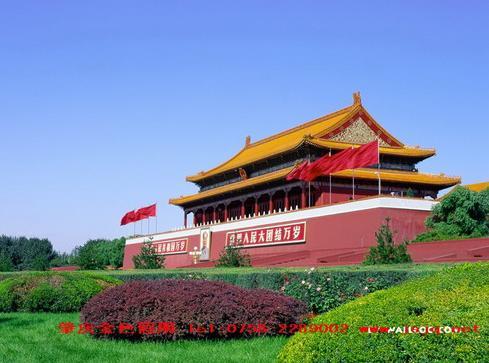
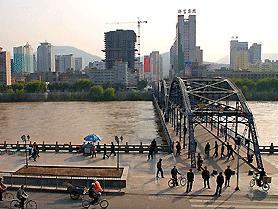
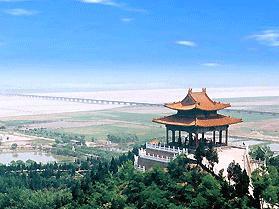

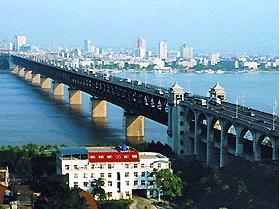
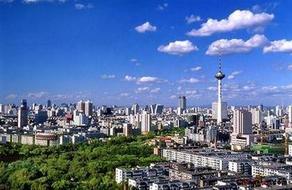
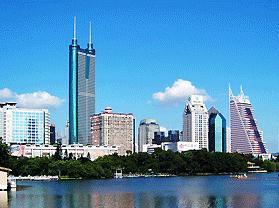
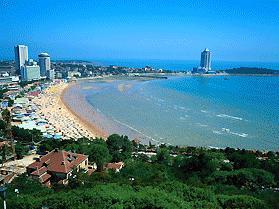
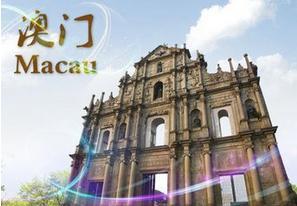
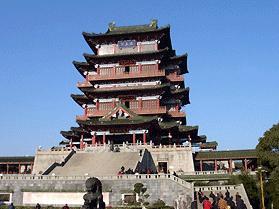
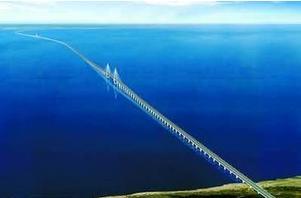
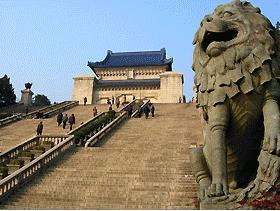
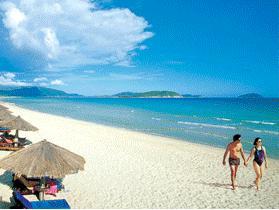
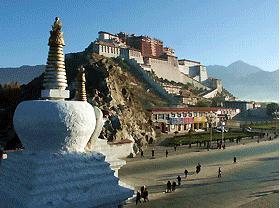
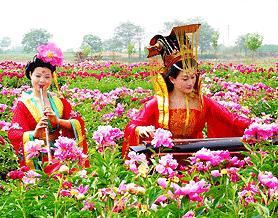
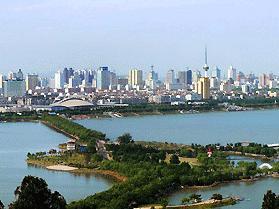
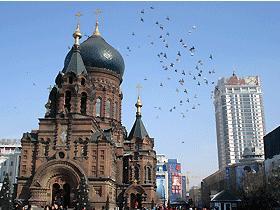
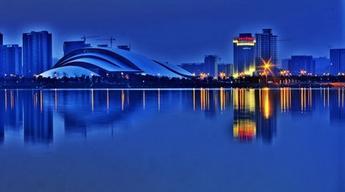
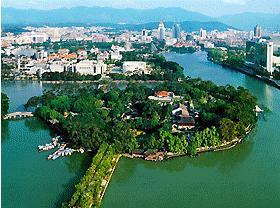
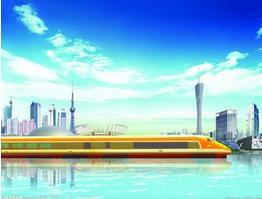
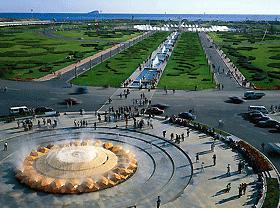
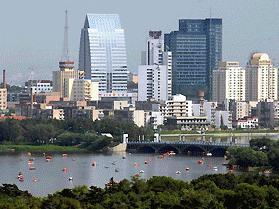
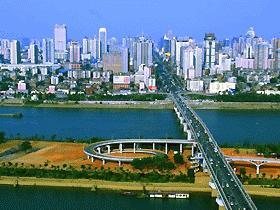
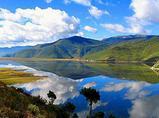
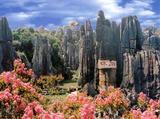

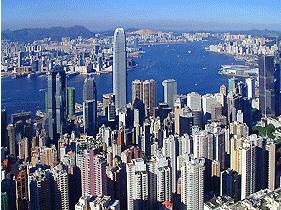
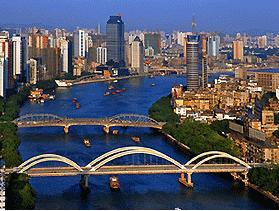
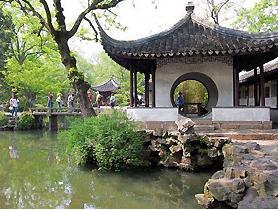
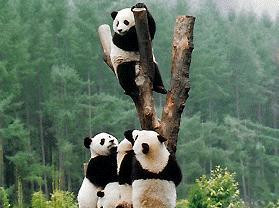
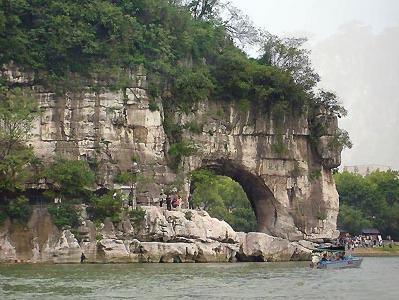
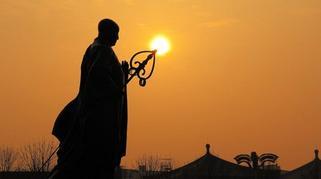
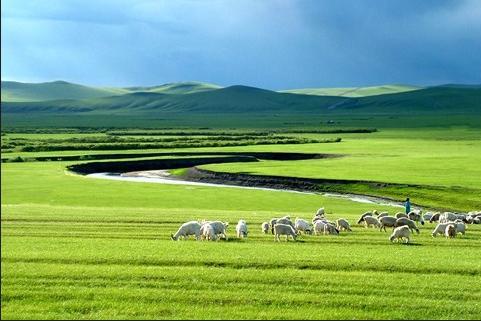

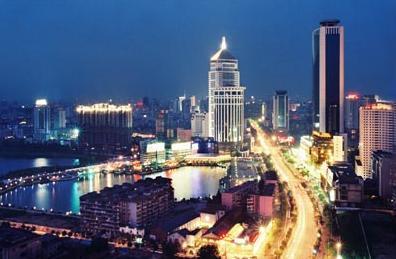
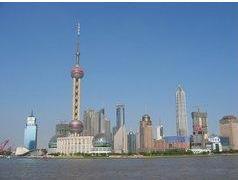
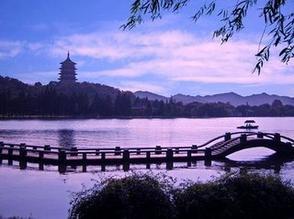

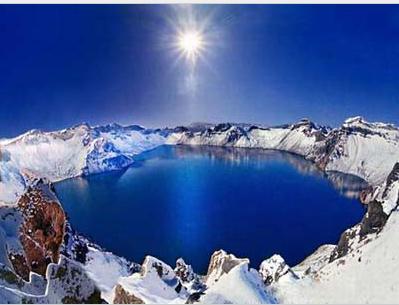
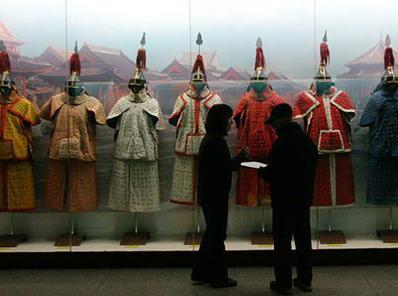
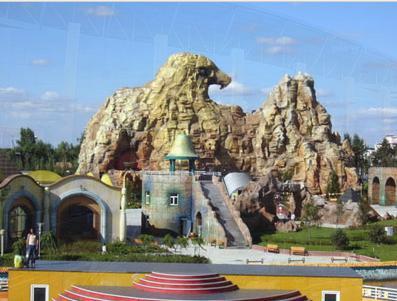
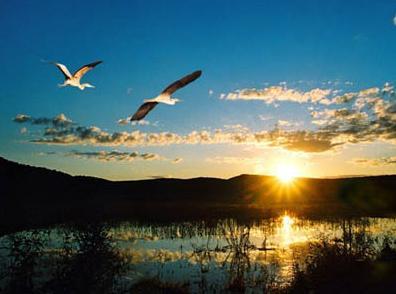
 Chinese
Chinese
 English
English
 Korean
Korean
 Japanese
Japanese
 French
French
 Russian
Russian
 Vietnamese
Vietnamese
